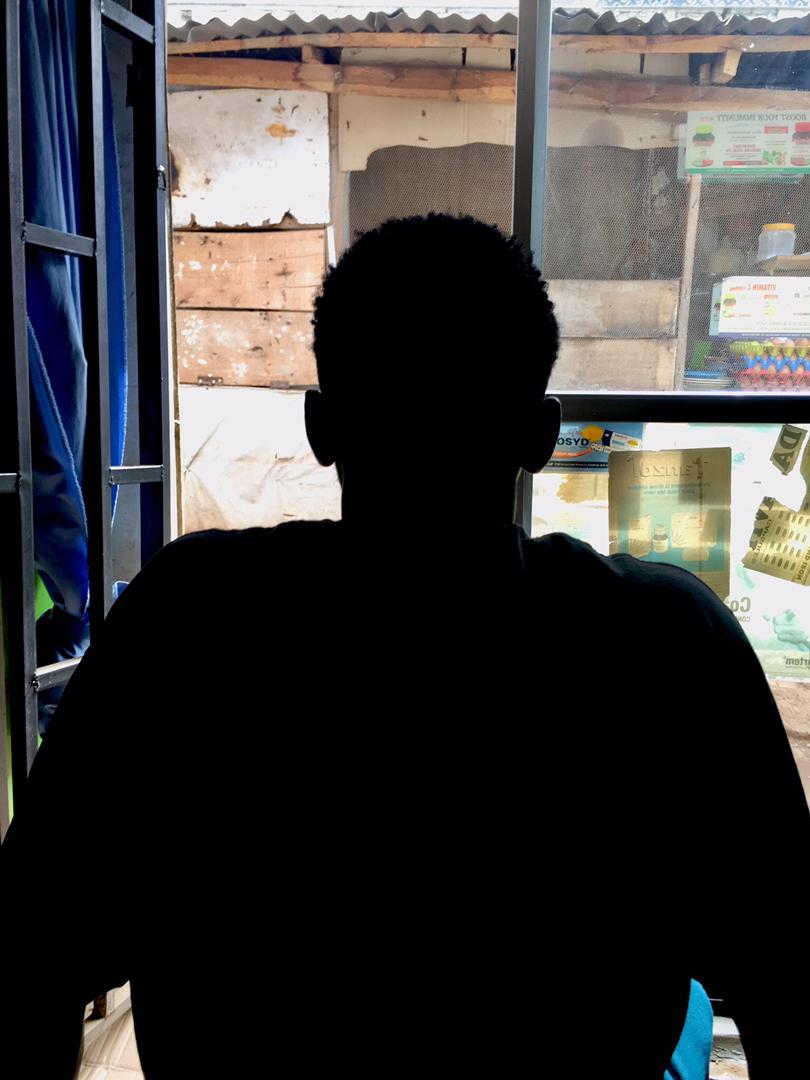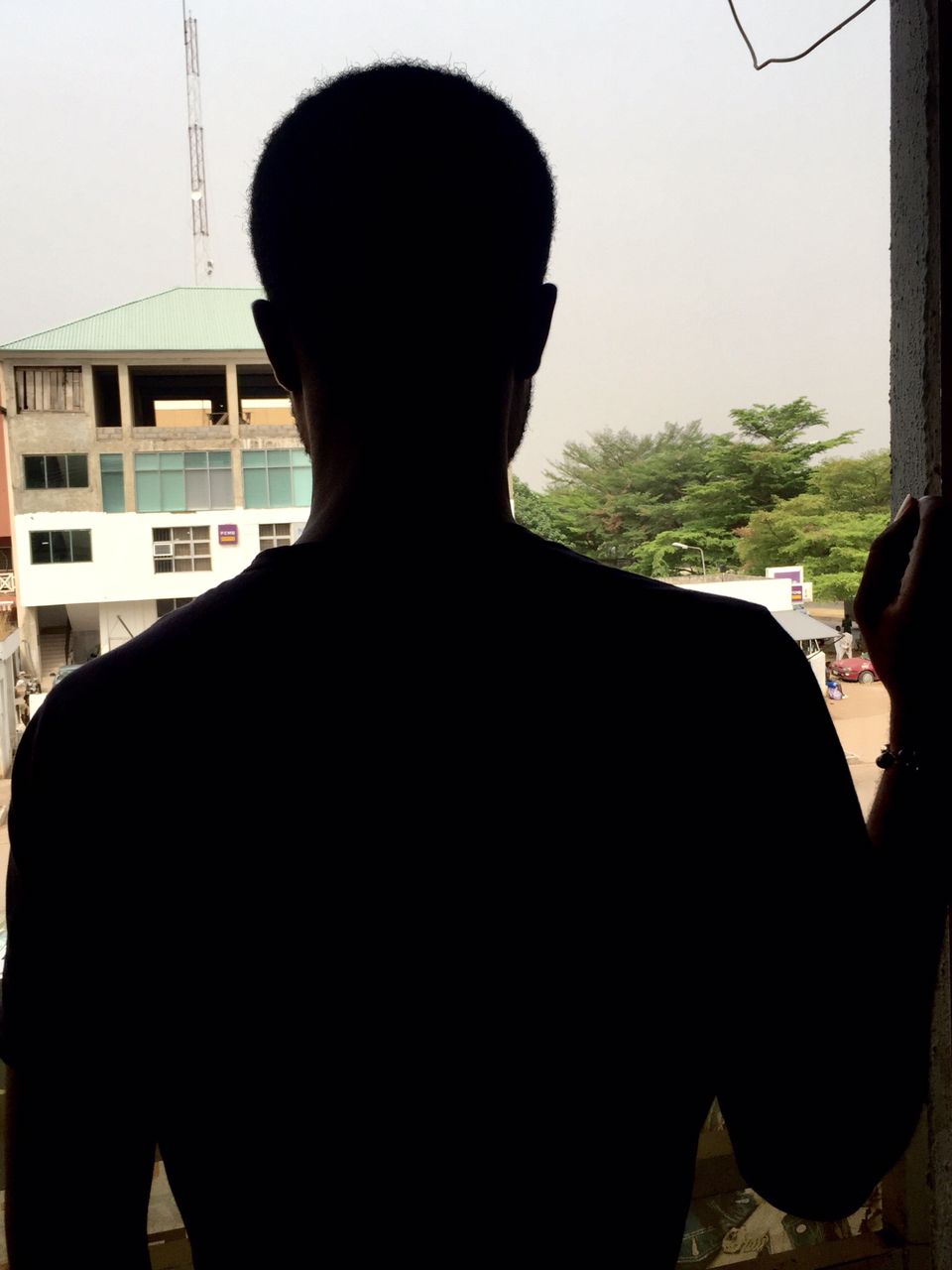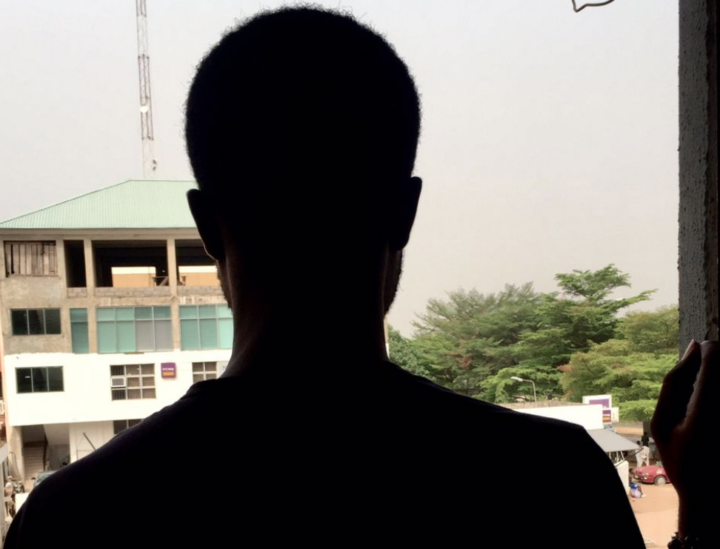In 2014, when Umar Abdulbaki got his diagnosis of multi-drug resistant tuberculosis (MDR), a form of tuberculosis caused by bacteria resistant to at least two of the most powerful anti-TB medication, he was dejected and frustrated. He had first been diagnosed with tuberculosis in 2003.
Tuberculosis (TB), an infection caused by a bacteria called mycobacterium tuberculosis, most often affects the lungs. It can also occur in other parts of the body, such as the kidney or spine.
According to the World Health Organisation (WHO), in 2020, an estimated 10 million people fell ill with tuberculosis worldwide, 1.1 million of these being children.
Abdulbaki, a Kano resident, experienced stigmatisation at the hospital after he was diagnosed. Abdulbaki said as soon he handed a nurse his result and she noticed he had MDR tuberculosis, she was alarmed and asked him to move away from her.
Advertisement
“When I got to the hospital, I gave a nurse my file, and immediately I gave her my file, she started shouting at me that I should go back and not come close to her. She said it is because I don’t know what is happening to me that I am coming close to her,” he said.
Abdulbaki said he felt so embarrassed by the nurse’s outburst that he started to cry.
“I was so sick that I couldn’t even say anything to her and it hurt me. Nobody who saw what happened intervened,” he added.
Advertisement
HOW TUBERCULOSIS IS SPREAD
Contrary to popular belief, kissing, hugging, or shaking hands with a person who has tuberculosis do not spread the disease. Likewise, sharing bed linens, clothes, or a toilet seat does not spread the disease either.
The disease can be spread when people with lung tuberculosis cough, sneeze, or spit, propelling the tuberculosis germs into the air.
If the air with tuberculosis is breathed in by someone not infected, they may get TB infection. This means the person has dormant TB germs in their body. These dormant germs do not make people sick and cannot be passed to another.
Advertisement
But if the TB germs wake up and multiply, the individual will get sick with TB disease.
The disease is usually spread through constant exposure to an infected person as opposed to one-time contact.
This means if you’re in close quarters over a period of time with someone who has tuberculosis, you could catch the disease from breathing air that’s been saturated with the bacteria.
People living and working with someone who has the disease are more likely to become infected than someone who has a short encounter with a carrier.
Advertisement
Although TB can be cured – usually after treatment for six months – for some patients, stigmatisation is an issue they cannot escape.
‘EVERYBODY GAVE ME A DISTANCE’
Advertisement

Osho Aaron said he was diagnosed with tuberculosis at the end of 2019 after being treated for malaria and typhoid for one month. According to him, he faced stigmatisation right from when he went for a test at Kubwa General Hospital, Abuja.
Advertisement
He recalled that the tuberculosis section of the hospital was very scanty and he was told by a health worker told to stand far away from the window where he would get the tube to collect his sputum sample.
“I was told to stay very far, then a lady came and dropped a tube on the window and I was told to come and pick it up. I was told to go to the end of the fence, very far from where the buildings were, to put my saliva in the tube. When I was done, I came back, dropped it, and had to move far away again before she came to pick the sample up. The same thing happened when I came to collect the result,” he said.
Advertisement
The survivor explained that he was then placed on medication for six months after diagnosis.
“Throughout the process in the hospital, it was the same thing, nobody wanted to talk to me, they were giving me a distance,” he said. “I don’t blame them for treating me that way, maybe they were just trying to protect themselves.”
Osho said even his family members kept their distance throughout the time he battled the ailment.
“At home, I was given my own cutleries, I was given a separate room to stay. I wasn’t really going out of the room a lot and anytime I went out, I would use a face mask,” he said.
‘I WAS AFRAID OF BEING STIGMATISED’

Narrating his experience, Francis Ubong said he was in Akwa Ibom in 2013 when he took ill and started taking malaria drugs. He initially got better but after two weeks, he felt worse.
“I reached out to my mum and she said I should come back to Abuja immediately,” Ubong said.
“After a while in Abuja, I started to cough, sweat profusely at night, lose weight, and lose my appetite. My mum took note of my symptoms and rushed me to Asokoro District Hospital where I was diagnosed with tuberculosis and placed on treatment for six months.”
Ubong said although he didn’t face external stigmatisation because he did not disclose his condition to people outside his family, his siblings started to avoid him upon learning of his diagnosis.
“At first, my siblings were avoiding me but my mum who is a health personnel called them and educated them on tuberculosis. After that, their behaviour towards me got better,” he said.
On why he chose not to tell people other than his family about his diagnosis, Ubong said: “I heard so many stories of people who lost their jobs and were stigmatised by friends and co-workers due to tuberculosis so I decided to keep it to myself.”
A 2014 study said the perceived contagiousness of tuberculosis is a leading cause of stigmatisation of patients.
The study said people lack adequate knowledge about tuberculosis and its treatment, noting that stigmatisation by society is “one of the most important obstacles to eliminating this disease”.
Itohowo Uko, head of advocacy, communication and social mobilisation at the National Tuberculosis and Leprosy Control Programme (NTBLCP), advised that rather than avoid family members who have the disease, proper ventilation should be maintained in the house to prevent bacteria that cause tuberculosis to hang in the air.
“Tuberculosis is an airborne disease. You can only get it when someone who is infected coughs or sneezes or shouts and then the bacterium goes into the air, hangs in the air and another person happens to breathe it in,” she said.
“One of the ways to avoid getting infected with tuberculosis in a family setting where one person is infected is to avoid overcrowding in the house. They should avoid poor ventilation and keep their windows open. The infected person should also be told to cover their mouth when coughing to avoid droplets going into the air.”
Uko added that it is pointless to ostracise tuberculosis patients and limit contact with them.
“Once that person is on medication for one to two months, the person can no longer infect people. The micro bacterium is inactive,” she added.
On the stigmatisation experienced at healthcare centres, Uko said the situation is so serious that health workers stigmatise their colleagues who treat tuberculosis patients.
“We are sensitising them. We have been sensitising them about the ways tuberculosis cannot be spread,” she added.
“We have also advised them to leave the doors and windows of their health facilities open. Once there is proper ventilation, the tendency of breathing in the tuberculosis germs from the air is reduced because the wind has blown it off and it has been killed by the sun.”
Add a comment






